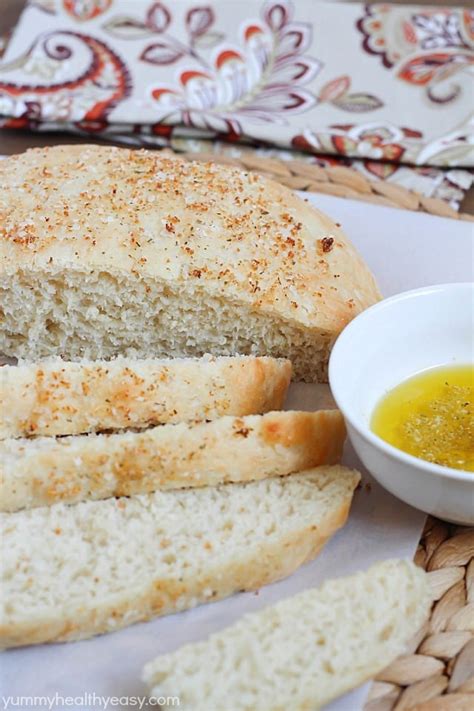Peasant Bread: A Simple Recipe for a Delicious, Rustic Loaf
This recipe for peasant bread is perfect for beginners and anyone looking for a hearty, flavorful loaf with minimal fuss. It utilizes simple ingredients and a straightforward method, resulting in a rustic, crusty bread perfect for dipping in soup, serving alongside stew, or enjoying on its own.
Ingredients You'll Need:
- 3 cups (375g) strong bread flour: This type of flour is high in protein and gives the bread its structure. You can substitute with all-purpose flour, but the result might be slightly less chewy.
- 1 ½ cups (355ml) lukewarm water: The water temperature is important; too hot and it'll kill the yeast, too cold and it won't activate properly.
- 1 ½ tsp (7g) active dry yeast: This is the leavening agent that makes your bread rise. Make sure it's fresh!
- 1 ½ tsp (9g) salt: Salt controls the yeast and adds flavor. Don't skip this!
- 2 tbsp (30ml) olive oil (optional): This adds richness and flavor. You can omit this if you prefer a purer bread flavor.
Step-by-Step Instructions:
1. Mixing the Dough:
In a large bowl, combine the lukewarm water and yeast. Let it sit for 5-10 minutes until foamy. This indicates the yeast is alive and active. If it doesn't foam, your yeast may be dead, and you'll need to start with a fresh batch.
Add the flour and salt to the yeast mixture. Stir with a wooden spoon or your hands until a shaggy dough forms. If using, add the olive oil now and mix it in.
2. Kneading the Dough:
Turn the dough out onto a lightly floured surface and knead for 8-10 minutes. Kneading develops the gluten in the flour, which gives the bread its structure and chewiness. The dough should become smooth and elastic.
3. First Rise (Bulk Fermentation):
Place the dough in a lightly oiled bowl, turning to coat. Cover the bowl with plastic wrap or a damp cloth and let it rise in a warm place for 1-1.5 hours, or until doubled in size.
4. Shaping the Loaf:
Gently punch down the dough to release the air. Shape it into a round or oval loaf.
5. Second Rise (Proofing):
Place the shaped loaf in a well-floured banneton basket (or a bowl lined with a floured tea towel) seam-side up. Cover and let it rise for another 45-60 minutes, or until almost doubled again.
6. Baking the Bread:
Preheat your oven to 450°F (232°C) with a baking stone or Dutch oven inside (highly recommended for a crispier crust).
Carefully transfer the loaf from the banneton to a piece of parchment paper. Score the top of the loaf with a sharp knife or lame (this helps control the expansion during baking and creates a beautiful crust).
Bake for 30-35 minutes, or until the crust is deeply golden brown and the internal temperature reaches 200-210°F (93-99°C). If using a Dutch oven, bake covered for 20 minutes, then remove the lid and bake for another 15-20 minutes.
7. Cooling and Serving:
Remove the bread from the oven and let it cool completely on a wire rack before slicing and serving. This allows the crumb to set properly.
Tips for Success:
- Use a kitchen scale: For the most accurate results, weigh your ingredients.
- Don't over-knead: Over-kneading can result in a tough loaf.
- Adjust baking time: Oven temperatures vary, so keep an eye on your bread and adjust the baking time as needed.
- Experiment with additions: Try adding herbs, seeds, or cheese to your dough for extra flavor.
Enjoy your homemade peasant bread! It's a wonderfully satisfying experience to bake your own bread, and the results are truly delicious. Remember to share your baking journey with us! Let us know in the comments how yours turns out.
